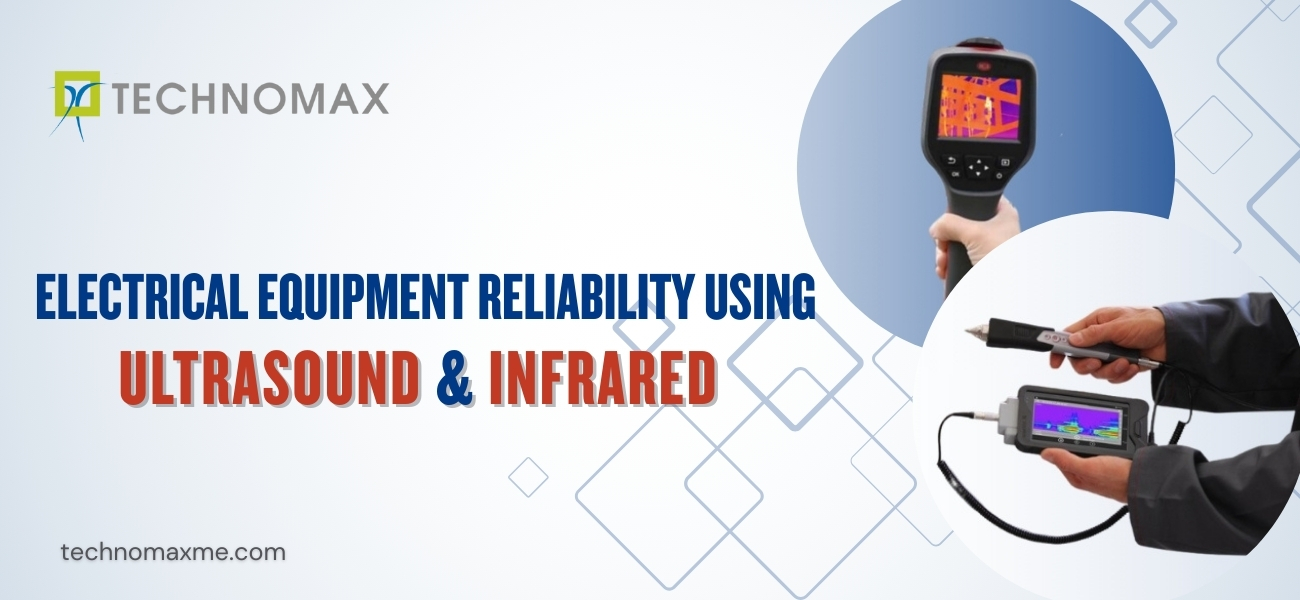
Identifying Mechanical Faults with Motor Current Signature
Analysis
As induction motors are sturdy, dependable, and cost-effective, they are popular, and are used widely in industries. They play an important part in industry to convert electrical energy into mechanical energy. It is important to carry out online fault diagnosis so that they are maintained regularly, operated safely in a reliable manner. Several tried and tested techniques and tools available for monitoring induction motors to make sure that they perform consistently and can be depended upon. Unfortunately, many companies still experience sudden system failures and shortened lifetime of the motor. Several monitoring methods are available, like thermal monitoring, vibration monitoring etc. but you need expensive sensors and sophisticated tools to carry them out. However, you don’t need any of that for conducting motor current signature analysis.
Read more about:
- How to Consider Machine Alignment to Avoid Equipment Failures
- Common causes of Piping Vibration and their effects on Piping Systems
- How Can IoT Condition Monitoring Methods Enhance Machinery Health
- Laser Shaft Alignment- An Overview
What is Motor Current Signature Analysis?
Motor current signature analysis is a technique that helps to establish the operating condition of the induction motor without pausing production. That is, it can detect an electrical signal that has current components, and pinpoints the faults in the early stage itself. Hence, it is an important tool that can help prevent machine damage, and detect motor failure.
It is a valuable tool of predictive maintenance for various electric machines used in industries. Though it is a fairly new technology, it is quickly becoming very popular thanks to its accurate results and early detection.
The process of recording motor current readings and analysing them in the frequency domain is referred to as motor current signature analysis. It has several benefits, like identifying rotor faults and problems of air gaps in motors.
Benefits of Motor Current Signature Analysis
Motor current signature analysis offers several benefits; it can identify patterns with regard to particular failure mechanisms. Like, bearing defects will display a very different pattern from rotor bar damage, or pump cavitation, and so on. The various failure mechanisms cause unique marks on the current sine wave, helping the maintenance technicians to identify the most probable cause of the machine failure.
Here is a list of the defects motor current signature analysis can help in identifying:
- Current & Voltage imbalance
- Load issues
- Bearing damage
- Damage to the rotor bar
- Dynamic eccentricity
- Static eccentricity
- Stator mechanical or electrical faults
- Reduces unplanned downtime
- Minimise safety and environment risk
- Maintain compliance with safety regulations
- Protect employees and visitors
Bearing Faults
Rolling element bearings are two in number; under normal operating conditions, when the load is balanced with proper alignment, small fissures begin appearing as part of normal wear. With time, these fissures spread, leading to noticeable noise levels and vibrations. Identifying bearing damage is a bit difficult as there could be several reasons, like misalignments; however, MCSA can detect the frequency components to pinpoint defects.
Broken Rotor Bars
With heavy and prolonged usage, rotor bars in induction motors can break; however, these don’t cause the induction motor itself to fail. Other problems can occur, like breakage of parts that lead to winding failure and mechanical problems, which directly impact production, and require expensive repairs.
Air-Gap Eccentricity
This flaw creates a length of air cavity that does not stay consistent with the angle and time of the circumference of the stator. When there is an uneven air gap between the rotor and stator, it can cause static, dynamic or mixed eccentricity – a combination of static and dynamic eccentricity.
How is Motor Current Signature Analysis conducted at Technomax
Our technicians at Technomax are well-trained in carrying out motor current signature analysis. They place the MCSA system hardware in the motor control cabinet unlike the conventional tools which necessitate downhole placement. Installing the system in the cabinet is more appropriate for precision instruments.
It takes our team less than 10 minutes to connect the clamp metre in the control panel;; once installed, the tool collects data under operating conditions. This ensures the steady flow of accurate data.
The tool records the anomalies in signals and a cursory analysis can tell the maintenance technicians the most probable cause of machine failure, as well as detect problems early before they cause failure. If you are looking for motor signature analysis services in UAE, Technomax will be a reliable engineering service.
A time domain format is used to record the motor current signature, and the data is analysed using an FFT or Fast Fourier Transform.
Learn More About Our Services


Get Started Now!
It takes less than a minute of your time. Or you may simply call +971 2 555 1 783






